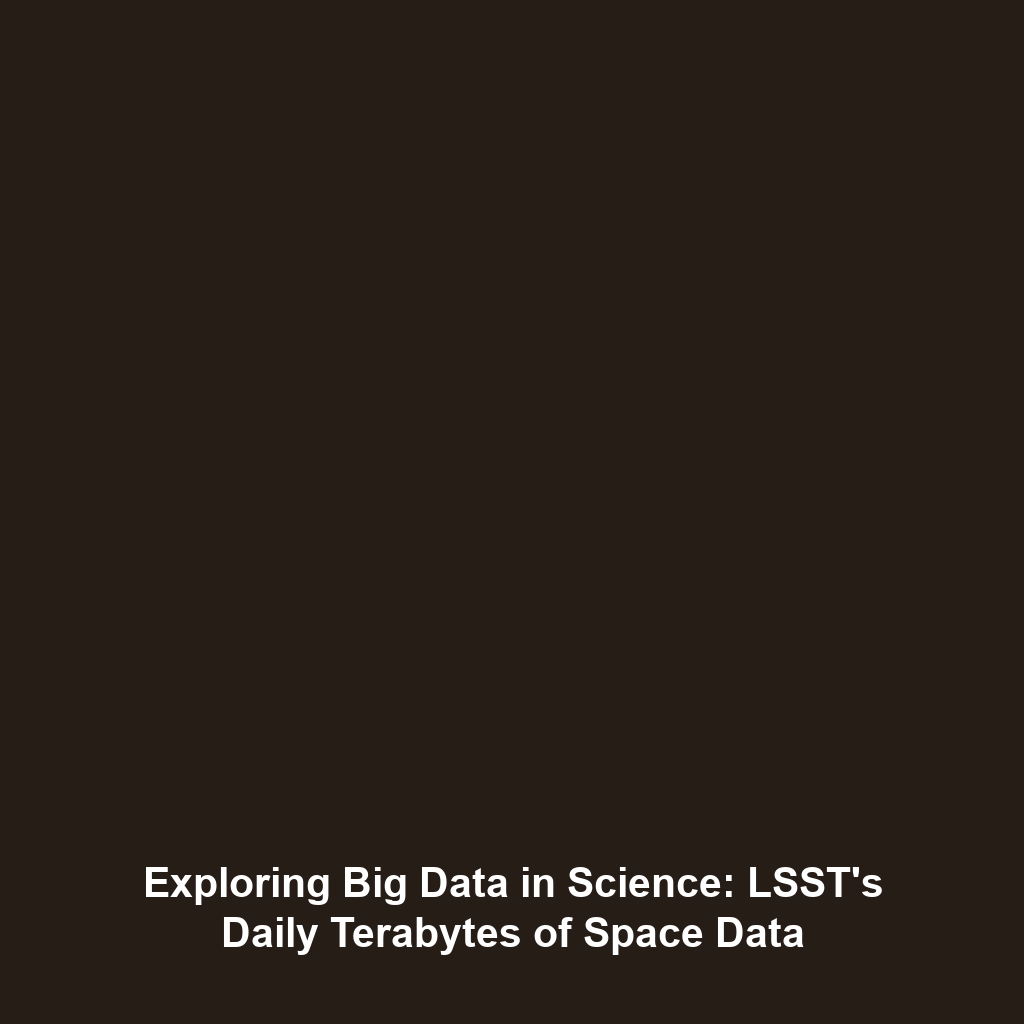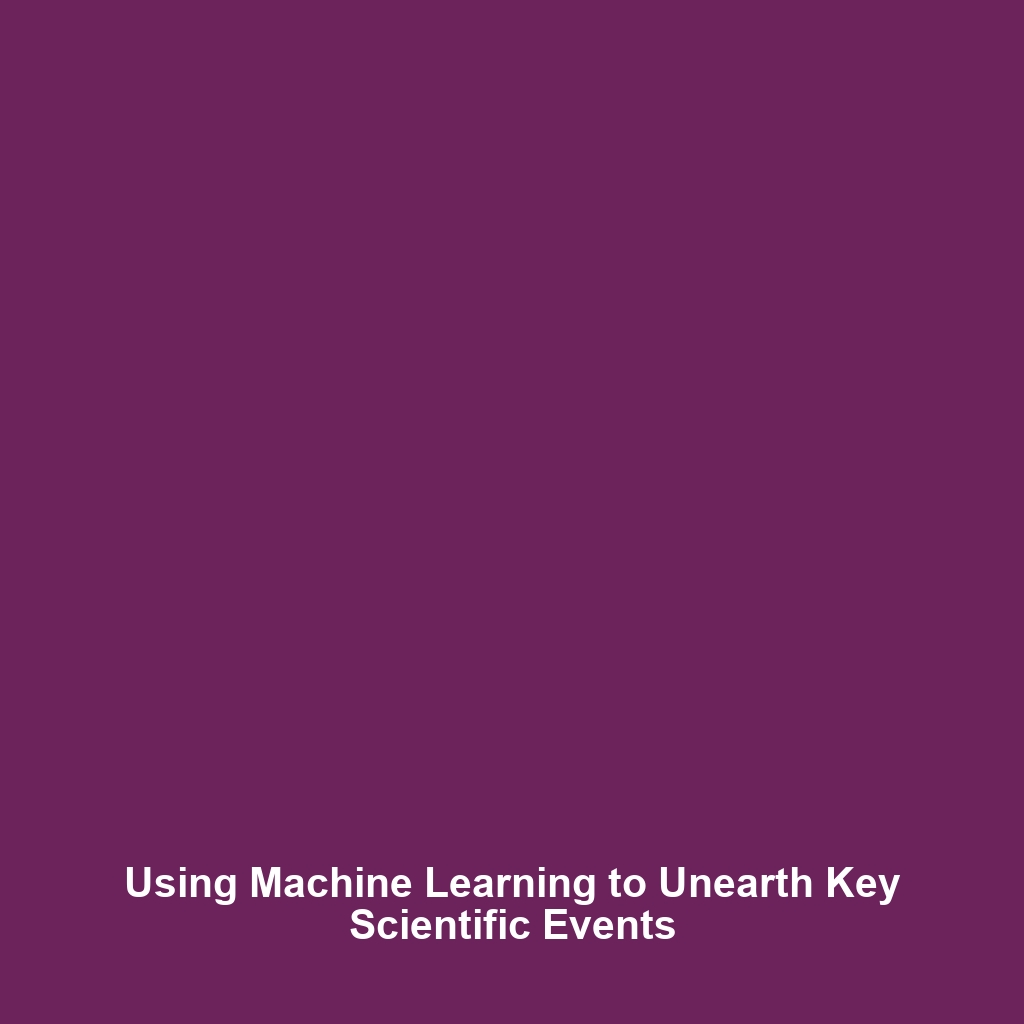Quasars and Active Galactic Nuclei (AGN): How Black Holes Power Some of the Most Luminous Objects in the Universe
Quasars and Active Galactic Nuclei (AGN) are among the universe’s most fascinating phenomena, powered by supermassive black holes at their centers. These objects emit enormous amounts of energy, making them some of the brightest and most distant entities we observe. As research into black holes deepens, understanding quasars and AGN becomes increasingly significant, unveiling secrets about the nature of the cosmos and the forces that govern it.
Key Concepts in Quasars and AGN
Quasars and AGN are anchored in several key concepts that define their nature and role in the universe:
Understanding Quasars
Quasars, or quasi-stellar objects, are a type of AGN characterized by their exceptional luminosity. They result from the intense gravitational pull of supermassive black holes consuming surrounding matter. This mass accretion process releases substantial energy, primarily in the form of electromagnetic radiation, making quasars detectable across vast distances.
Active Galactic Nuclei (AGN)
AGN are a broad category encompassing active supermassive black holes at the centers of galaxies. Depending on the angle from which we observe them, AGNs can appear as Seyfert galaxies, quasars, or blazars. The mechanisms driving AGN activity relate directly to both the mass of the black hole and the availability of material in the surrounding accretion disk.
Role of Black Holes
Black holes serve as the engines behind quasars and AGN. As these supermassive black holes accrete matter from their environment, they eject jets of particles at nearly the speed of light, contributing to the luminosity observed. This process not only illuminates the black holes but also impacts stellar formation and the dynamics of their host galaxies.
Applications and Real-World Uses
The study of quasars and AGN provides various applications in astrophysics and beyond:
- Cosmological Distance Measurement: Quasars serve as markers for measuring cosmic distances, aiding in understanding the expansion of the universe.
- Studying Galaxy Formation: The interactions between active black holes and their host galaxies help researchers comprehend galactic evolution.
- Testing Theories of Physics: Observing the extreme conditions around quasars challenges existing models of physics and provides data for next-gen theoretical frameworks.
Current Challenges in Studying Quasars and AGN
While the study of quasars and AGN presents great opportunities, several challenges persist:
- Detection Limitations: Observing distant quasars requires advanced technology, often limited by current telescopic capabilities.
- Data Interpretation: The complex data resulting from quasar observations can lead to varied interpretations, complicating scientific consensus.
- Understanding Feedback Loops: The interactions between black holes and their host galaxies involve feedback processes that are still not fully understood.
Future Research and Innovations
The future of research on quasars and AGN holds exciting possibilities:
- Next-Generation Telescopes: Upcoming facilities like the James Webb Space Telescope aim to enhance our capacity to study these distant luminous objects.
- Machine Learning Applications: Advanced algorithms are being developed to process large datasets, potentially revealing new insights into the behavior of quasars.
- Interdisciplinary Research: Collaborations across various scientific fields promise to shed light on the complex relationships between AGN, star formation, and black holes.
Conclusion
Quasars and Active Galactic Nuclei represent a vital aspect of black hole research, revealing much about the workings of our universe. As science progresses, the continuous exploration of these luminous objects will not only enhance our understanding of black holes but also shape the future of astrophysics. For those interested in diving deeper into the cosmos, consider exploring related topics such as cosmology and the nature of black holes.









